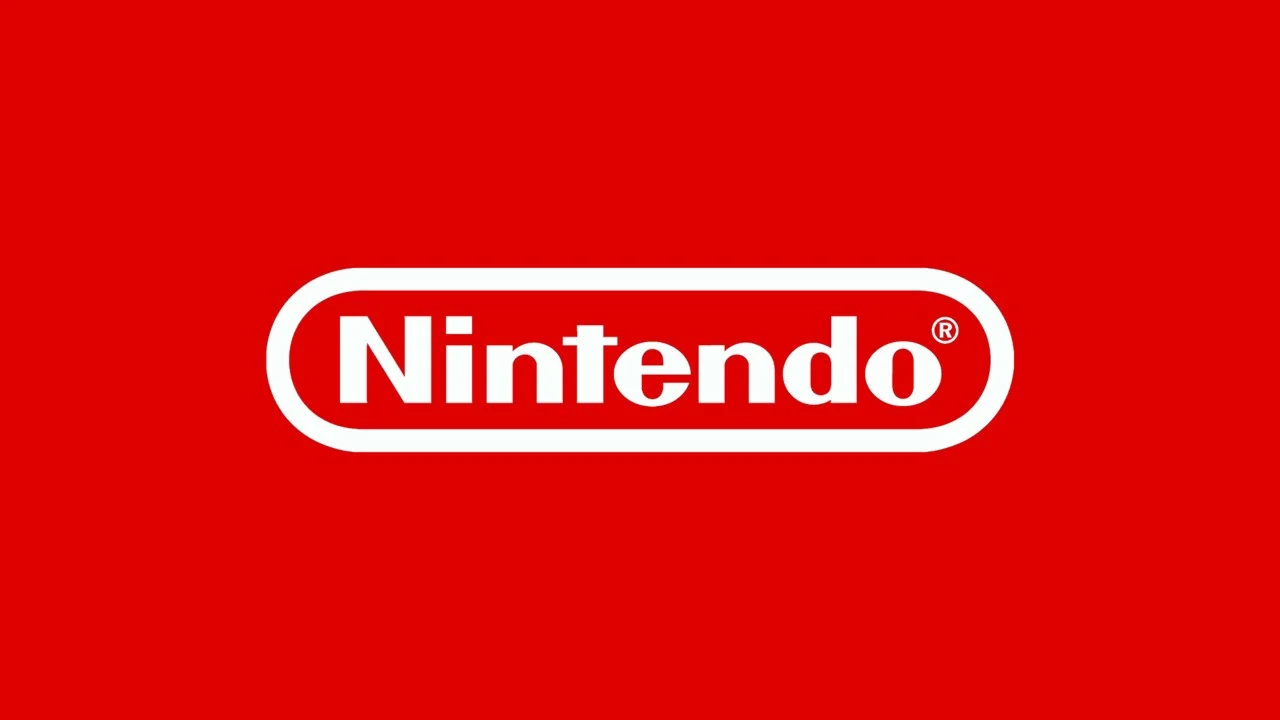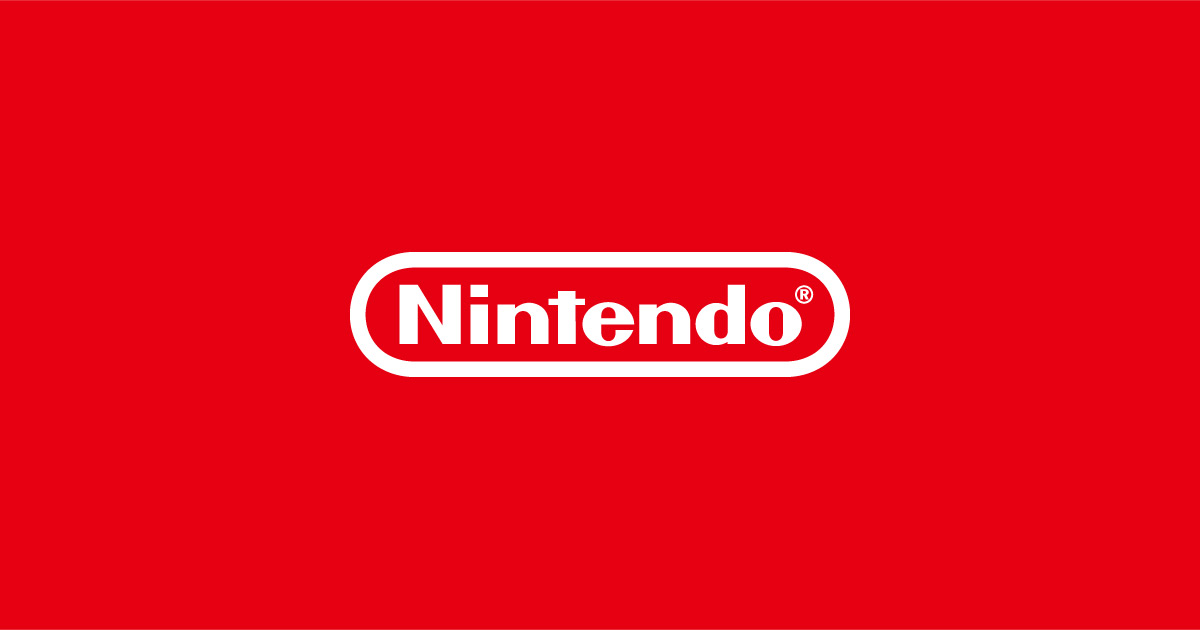In a recent interview, Shuhei Yoshida, the longtime Sony executive and influential member of the PlayStation team, offered fresh insight into the storied history of the cancelled Super Nintendo (SNES) PlayStation add-on—a hardware collaboration that could have fundamentally altered the trajectory of the gaming industry.
The interview, conducted by GamesIndustry, sheds light on why the project’s cancellation may have ultimately benefited Sony’s entry into the video game market. Background: The SNES PlayStation collaboration traces back to the early 1990s, when Nintendo and Sony were actively negotiating a partnership to develop a CD-based peripheral for the Super Nintendo.
The goal was to expand the console's capabilities by allowing developers to create larger, more complex games taking advantage of the CD-ROM format.
However, in a pivotal turn of events, Nintendo abruptly withdrew from the agreement, instead choosing to pursue a separate partnership with Philips.
This strategic decision led Sony to continue independently, ultimately resulting in the creation of the PlayStation console—a move that would reshape the gaming landscape for decades to come. Yoshida recounted that, in reflection, the project’s cancellation provided Sony with critical opportunities for growth.
Paraphrasing his remarks, he stated that it was almost advantageous for Sony that Nintendo opted out of the collaboration, as continuing the partnership could have seen the PlayStation team confined to producing hardware extensions for another company’s platform.
Freed from such constraints, Sony had the flexibility to innovate and build the PlayStation brand, which has since achieved massive global success and become synonymous with console gaming excellence. The development of the cancelled SNES PlayStation add-on was far along at the time, as Yoshida recalled being invited by Ken Kutaragi—then head of Sony’s PlayStation project—to try out an early prototype.
According to Yoshida, the prototype units were almost ready for mass production, with a selection of demonstration titles, including a space shooter game leveraging the Super Nintendo’s technology.
Despite the promise of CD-based gaming, the peripheral’s technical abilities remained limited by the SNES’s 16-bit hardware architecture—a constraint similar to what Sega had experienced with its own CD add-on for the Genesis, known as the SEGA CD. Yoshida noted that, although the prototype could stream significant volumes of data directly from the CD-ROM, the underlying hardware restricted what developers could achieve, ultimately capping the system’s potential.
By comparison, Sony’s eventual decision to move forward with its own stand-alone PlayStation console allowed the company to surpass those limitations, laying the foundation for the modern era of gaming powered by disc-based media. Today, the cancelled SNES PlayStation add-on remains a landmark “what if” in Nintendo and Sony history, serving as a pivotal point that spurred both companies on separate, successful paths.
Nintendo continues to innovate with flagship hardware such as the Nintendo Switch, while Sony boasts a global PlayStation legacy—forever shaped by the legacy of that unfulfilled collaboration.
The interview, conducted by GamesIndustry, sheds light on why the project’s cancellation may have ultimately benefited Sony’s entry into the video game market. Background: The SNES PlayStation collaboration traces back to the early 1990s, when Nintendo and Sony were actively negotiating a partnership to develop a CD-based peripheral for the Super Nintendo.
The goal was to expand the console's capabilities by allowing developers to create larger, more complex games taking advantage of the CD-ROM format.
However, in a pivotal turn of events, Nintendo abruptly withdrew from the agreement, instead choosing to pursue a separate partnership with Philips.
This strategic decision led Sony to continue independently, ultimately resulting in the creation of the PlayStation console—a move that would reshape the gaming landscape for decades to come. Yoshida recounted that, in reflection, the project’s cancellation provided Sony with critical opportunities for growth.
Paraphrasing his remarks, he stated that it was almost advantageous for Sony that Nintendo opted out of the collaboration, as continuing the partnership could have seen the PlayStation team confined to producing hardware extensions for another company’s platform.
Freed from such constraints, Sony had the flexibility to innovate and build the PlayStation brand, which has since achieved massive global success and become synonymous with console gaming excellence. The development of the cancelled SNES PlayStation add-on was far along at the time, as Yoshida recalled being invited by Ken Kutaragi—then head of Sony’s PlayStation project—to try out an early prototype.
According to Yoshida, the prototype units were almost ready for mass production, with a selection of demonstration titles, including a space shooter game leveraging the Super Nintendo’s technology.
Despite the promise of CD-based gaming, the peripheral’s technical abilities remained limited by the SNES’s 16-bit hardware architecture—a constraint similar to what Sega had experienced with its own CD add-on for the Genesis, known as the SEGA CD. Yoshida noted that, although the prototype could stream significant volumes of data directly from the CD-ROM, the underlying hardware restricted what developers could achieve, ultimately capping the system’s potential.
By comparison, Sony’s eventual decision to move forward with its own stand-alone PlayStation console allowed the company to surpass those limitations, laying the foundation for the modern era of gaming powered by disc-based media. Today, the cancelled SNES PlayStation add-on remains a landmark “what if” in Nintendo and Sony history, serving as a pivotal point that spurred both companies on separate, successful paths.
Nintendo continues to innovate with flagship hardware such as the Nintendo Switch, while Sony boasts a global PlayStation legacy—forever shaped by the legacy of that unfulfilled collaboration.






